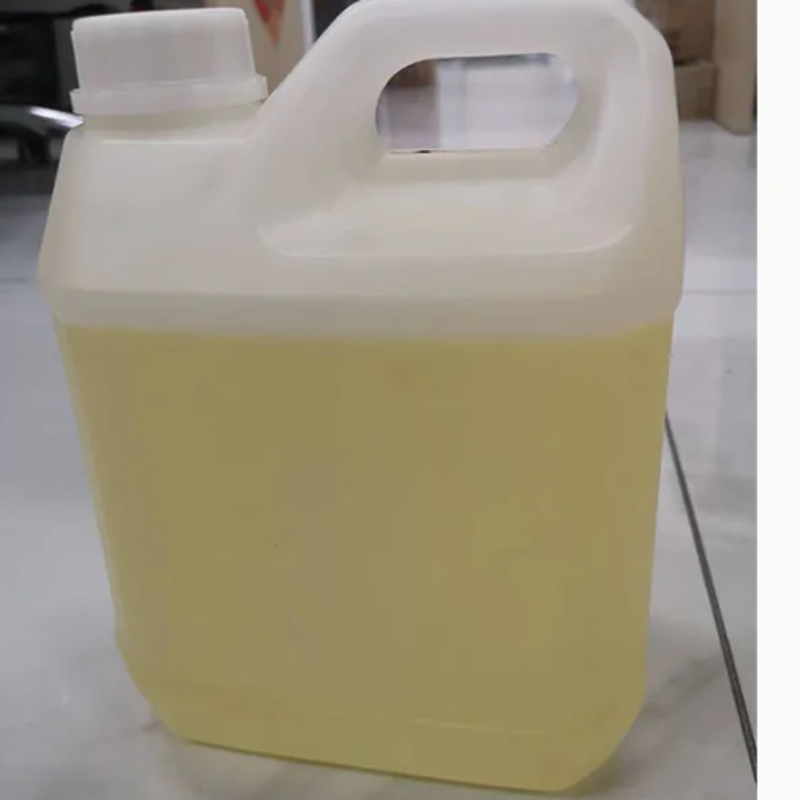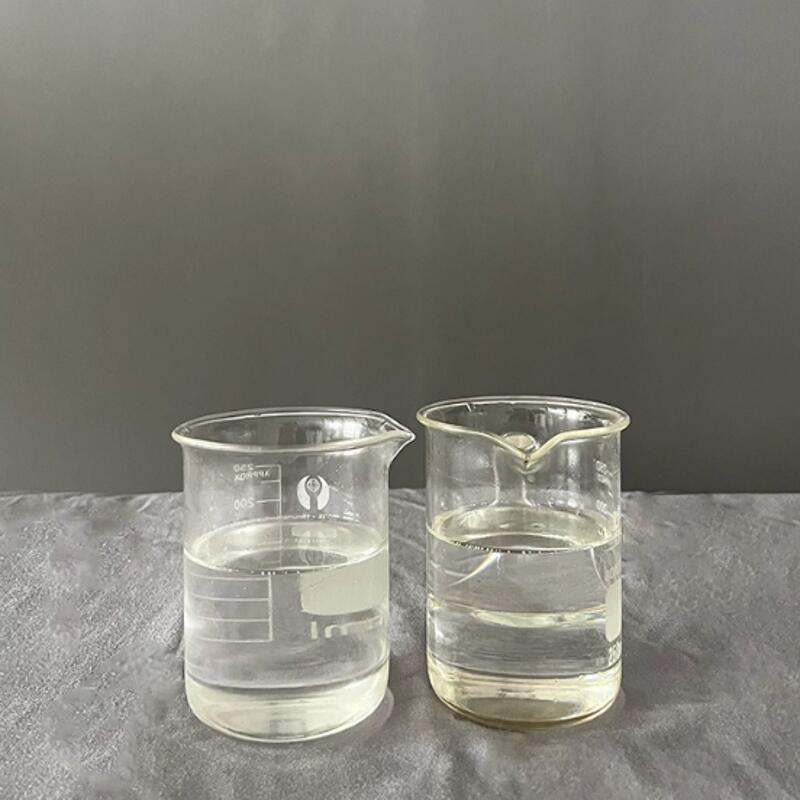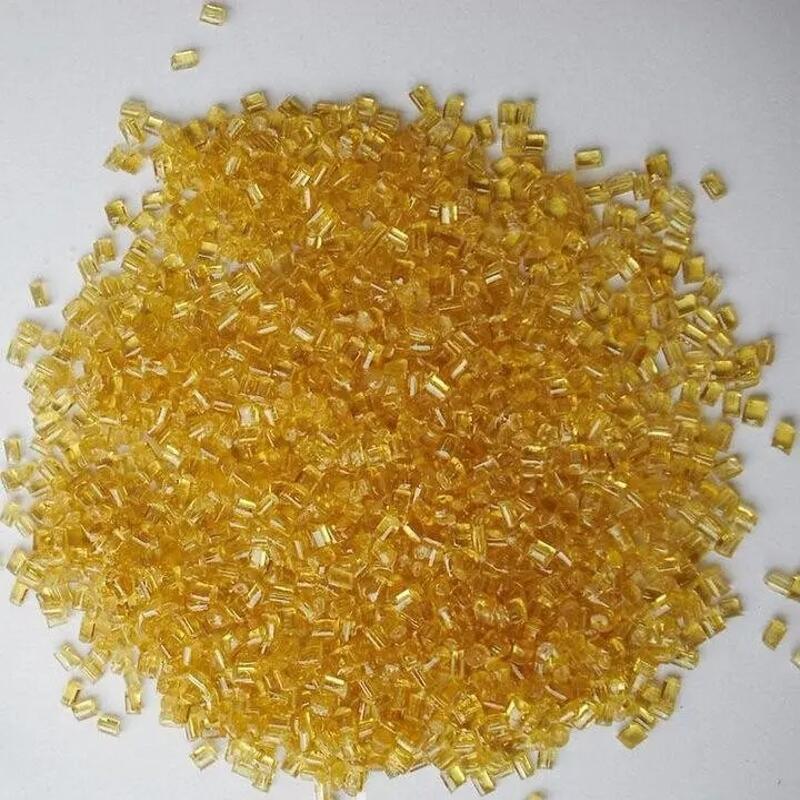-
Categories
-
Pharmaceutical Intermediates
-
Active Pharmaceutical Ingredients
-
Food Additives
- Industrial Coatings
- Agrochemicals
- Dyes and Pigments
- Surfactant
- Flavors and Fragrances
- Chemical Reagents
- Catalyst and Auxiliary
- Natural Products
- Inorganic Chemistry
-
Organic Chemistry
-
Biochemical Engineering
- Analytical Chemistry
-
Cosmetic Ingredient
- Water Treatment Chemical
-
Pharmaceutical Intermediates
Promotion
ECHEMI Mall
Wholesale
Weekly Price
Exhibition
News
-
Trade Service
Summer is here, and everyone still needs to wear a helmet when riding a motorcycle.
Why?
Masks in February, machines in March, meltblown cloth in April, helmets in May! When people sit at home, melons come from the sky
.
Those who swim in the meltblown cloth have not yet landed, and the new "traffic star" helmet is coming fiercely!
It turns out that not only Internet celebrity anchors but also the Traffic Management Bureau of the Ministry of Public Security will bring the goods! what's the matter?
Recently, the Traffic Management Bureau of the Ministry of Public Security issued a notice that starting from June 1, the "One Helmet, One Belt" safety protection operation will be carried out across the country, and motorcycle and electric bicycle riders who do not wear safety helmets and car drivers will be checked and corrected according to law.
Do not use seat belts
.
Relevant research results show that when an accident occurs, the riding helmet can absorb most of the impact force, play a protective role of buffering and shock absorption, and can reduce the proportion of injured persons by 70% and the death rate by 40%
.
The helmet is on fire! The raw material of the helmet is rising!
It has been estimated that there are currently 300 million electric vehicles in the society and less than 30% of electric vehicle helmets, so at least 200 million helmets will be needed
.
Assuming that the average amount of plastic used for a helmet shell is 500g, the potential market amount of plastic for electric bicycle helmets is 200 million * 500 g/piece = 100,000 tons
.
Under the epidemic, in addition to meltblown materials, can modified plastics find a better incremental market than this? It's fragrant!
No, in the circle of friends, the popularity of safety helmets has surpassed meltblown materials
.
Moreover, some people have intimately recommended helmet detection equipment:
Then a friend asked! What is the material of the helmet?
What are the main shell materials?
What are the main shell materials?1.
The common resin material is ABS, which is an engineering plastic with strong impact resistance and good dimensional stability
.
2.
The PC alloy material is better than ABS, the strength and toughness are much improved, and the low temperature impact performance is also improved a lot
.
3.
FRP is better than ABS, lighter and stronger, but it is also more difficult to make, and the output is lower, so it is much more expensive than ABS
.
4.
At present, the best one should be carbon fiber, which is strong, light, high-tech and expensive! (This material can be used to make fishing rods)
.
5.
PP materials can only be used as children's protective helmets.
The quality is very light and comfortable to wear, but the safety is poor
.
protective foam filler
protective foam fillerThe helmet buffer layer is mostly made of expanded polystyrene (EPS), expanded polypropylene (EPP) and thermoplastic polyurethane (PU) materials
.
Helmet mid-layer lining materials are usually polymer foams, mainly because they are easy to process and have a more comprehensive energy absorption capacity
.
The foam pad is placed between the inner shell and the outer shell, filling the space between the inner shell and the outer shell, and plays the role of buffering and shockproof
.
EPS foam
EPS foamEPS, referred to as expandable polystyrene, commonly known as styrofoam, is a thermoplastic material, different from ordinary ordinary foam materials.
After heating and foaming, each cubic meter of volume contains 3 to 6 million independent airtight bubbles.
, containing more than 98% of the air volume
.
The EPS foamed polystyrene foam material is used, mainly because it is a high-impact material and has a shock-absorbing buffer effect
.
Its low density and light weight are also one of the reasons why this material is used in safety helmets
.
EPP foamed polypropylene
EPP foamed polypropyleneAnother lining material, EPP foamed polypropylene, also has a very good impact buffering effect
.
EPP is a highly crystalline polymer/gas composite material with excellent performance, and it has become one of the fastest growing new compressive buffer insulation materials due to its superior performance
.
Classification of helmets
Classification of helmetsAccording to the different protection positions, helmets are divided into full-face helmets, 3/4 helmets, half-face helmets and flip-up helmets.
Schuberth (Schuberth) four, the above four helmets, in terms of safety, full helmet ≥ uncovered helmet > three-quarter helmet > half helmet
.
The specific advantages and disadvantages are as follows:
According to different applicable objects, helmets can be divided into two types: A-type helmets and B-type helmets.
A-type helmets are suitable for motorcycles with a total displacement of 125cc or more, and there are two types of full-face helmets and half-face helmets; B-type helmets are suitable for total helmets.
Motorcycles with a displacement of less than 125cc, their volume and weight are smaller than Class A helmets, and they are all half-helmeted in shape
.
According to the different materials, there are many kinds, such as ABS material, PC, FRP material, and so on
.
General bicycle helmets are polyester vinyl, and carbon fiber is used for higher safety
.
According to different usage scenarios, it is also divided into motorcycle helmets, bicycle helmets, hard hats, VR helmets,
etc.
helmet national standard
helmet national standardNational standard: The current mandatory national standard version is "Motorcycle Crew Helmets" (GB 811-2010)
.
According to the requirements of "Motorcycle Rider Helmets" (GB 811-2010), qualified motorcycle rider helmets need to pass the "visual field", "goggles", "stiffness performance", "collision energy absorption performance" and "penetration resistance performance" Among them, the "energy absorption performance of collision" and "penetration resistance performance" are the representative indicators of the safety protection performance of helmets
.
CCC certification: In October 2017, the General Administration of Quality Supervision, Inspection and Quarantine and the National Certification and Accreditation Administration issued the "Announcement on the Announcement on the Transition Arrangement for the Management of Motorcycle Crew Helmets, Electric Blankets, and Moped Products to Compulsory Product Certification" (2017 No.
86) Requirements From November 01, 2017, the compulsory product certification management for motorcycle occupant helmet products was officially implemented.
From August 1, 2018, motorcycle occupant helmets that have not obtained CCC certification shall not leave the factory, sell, import or operate in other businesses.
used in activities
.
National Standard and CCC Certification Rules for Motorcycle Crew Helmets
Quality identification: Motorcycle rider helmets with qualified quality must pass the certification and testing stipulated in the mandatory national standard "Motorcycle rider helmets" (GB 811-2010), and only after the corresponding factory quality assurance capability audit can pass the mandatory products.
Certification (CCC Certification)
.
The mainstream conformity marks in the world include the U.
S.
Department of Transportation's Ordinary Road Specifications (DOT), Internationally Accredited Racing Specifications (SNELL), and European Specifications (ECE).
Are more secure
.
SNELL: A standard developed by a third-party independent laboratory in the United States, an unofficial standard
.
In 1956, a race car driver named William Pete Snell died from a severe head injury during a race
.
To commemorate him, his relatives, friends and some scientists and racing drivers established a non-profit memorial foundation named after him in 1957, dedicated to the study of the nature of human head trauma during vehicle movement and helmet standards research, education, testing and development
.
The SNELL Foundation was established in 1957
.
The foundation has a board of directors to monitor the operation of the foundation
.
The members of the board of directors are mainly composed of medical experts and scientists, all of whom are experts in the field of traumatic brain injury and safety
.
Since its inception, SNELL has been a pioneer in helmet safety in North America and globally
.
Snell's testing requirements are extremely stringent, and the latest standard is M2015, which is updated every five years
.
The biggest feature of SNELL certification is that it provides different test standards for different helmets
.
Snell certified helmets can be worn on the track
.
When choosing a helmet supplier, buyers can check the factory's CCC certification and product quality inspection report; when users buy and choose helmets, they can identify them by the "CCC" logo affixed on the helmets, and do not use helmets that have not passed the CCC certification
.
CCC certification certificate (left) and CCC certification mark (right)
The production of helmets requires the purchase of injection molding machines, mold opening, purchase of raw materials, drying barrels, suction machines, manipulators, etc.
The subsequent processes include painting, printing, assembly, packaging and shipping, equipment, and supporting products
.
In the era of the survival of the fittest in mask meltblown cloth, the popularity of safety helmets has skyrocketed, and related material companies, processing companies, and equipment companies have benefited, and will undoubtedly usher in a small peak of development
.
Be cautious when entering the market
Be cautious when entering the marketThe hype of masks to make money has its own special background
.
Mainly because of the epidemic, masks are just in demand, and masks are consumables with huge demand
.
In addition, the production capacity of masks has increased slowly, which is greatly affected by the raw material meltblown cloth
.
The editor recently learned from multiple channels that most of the small enterprises that entered the production of meltblown cloth after April have lost everything, and some people have gone bankrupt because of this
.
Helmet is not a consumable item, you can buy one for a long time; it is not just needed, the price is too outrageous, you can not ride an electric car; the technical content is low, the raw materials are cheap, and the production capacity increases quickly
.
Therefore, the helmet market won't last long, and the price won't go up too far
.
As long as the factory is willing, it can increase the supply, and soon the balance of supply and demand can be reached
.
Be careful what you fry!
The editor wants to say that business opportunities are here, but remember that helmets are used to save lives, and you can't cut corners and make shoddy products in order to make helmets
.
I also hope that colleagues in the industry will operate in good faith, do not drive up prices, and create a rational and healthy plastic industry ecology together
.







